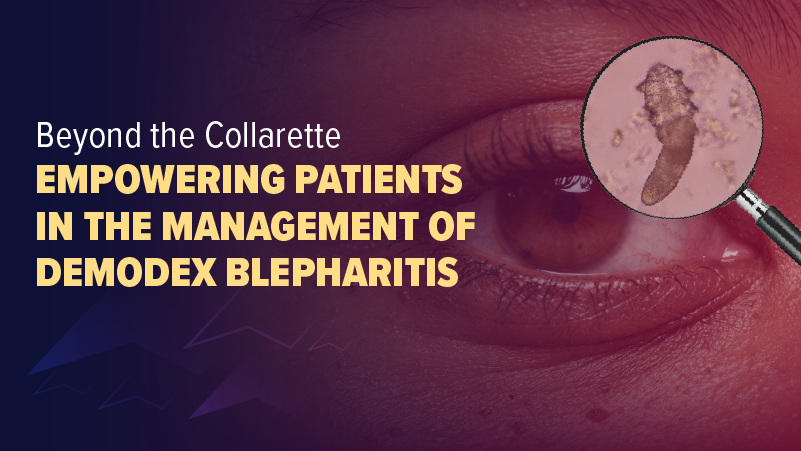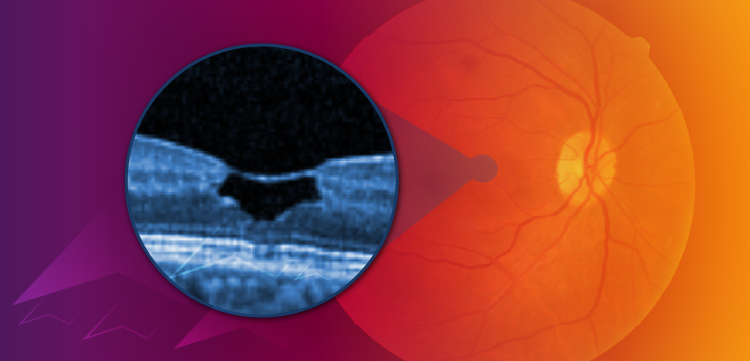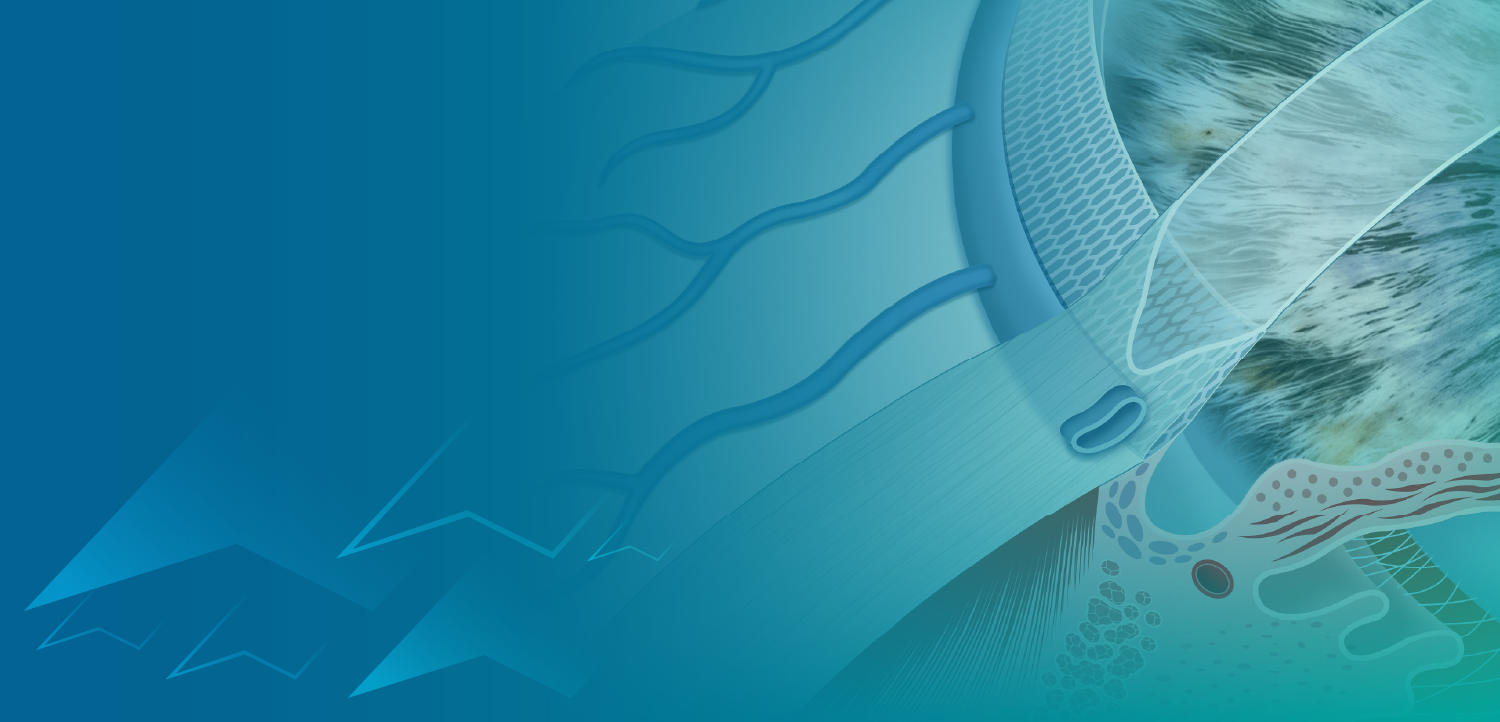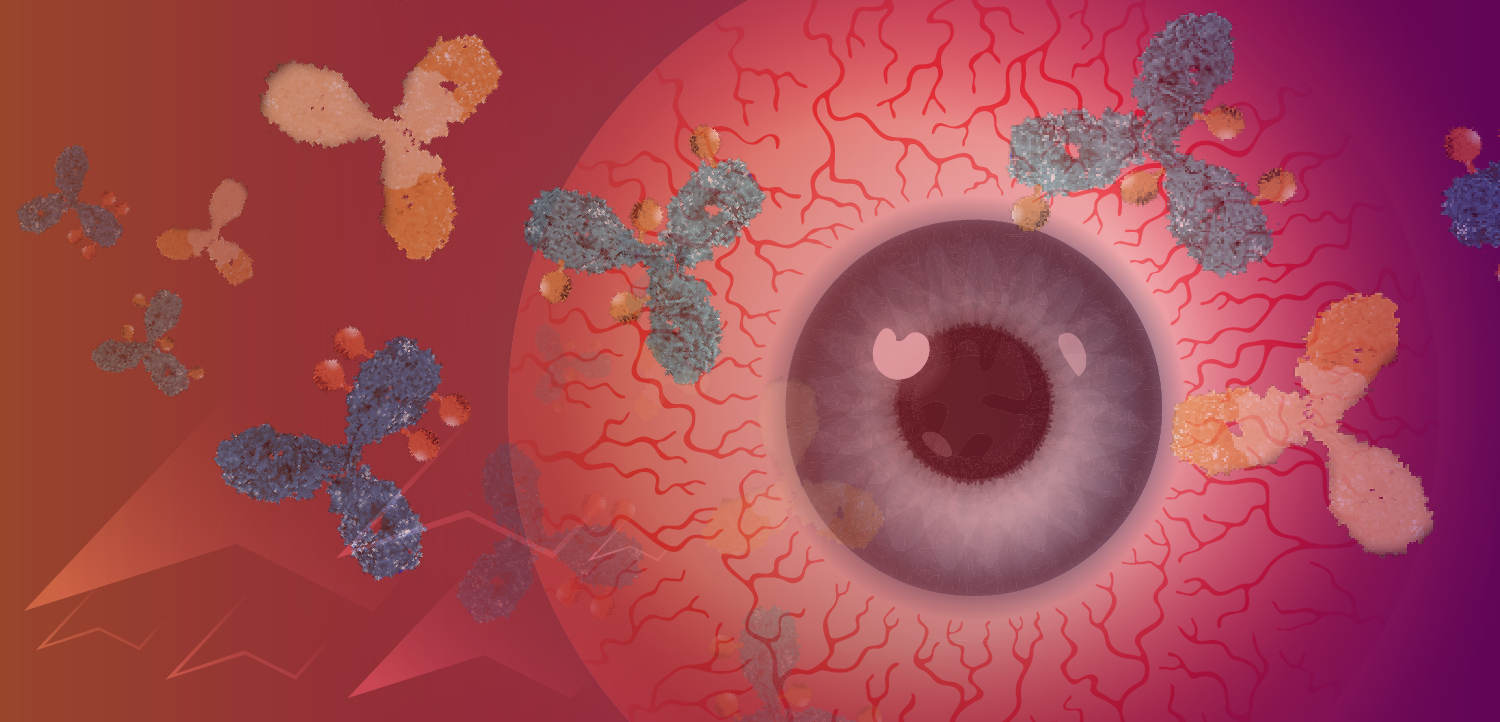Hypothesis: Pulley system controls paths of human muscles
The hypothesis that connective tissue pulleys control the paths of human muscles was presented by Joseph Demer, MD, PhD, of the David Geffen Medical School, University of California Los Angeles, who delivered a keynote address during Retina subspecialty day.
The hypothesis that connective tissue pulleys control the paths of human muscles was presented by Joseph Demer, MD, PhD, of the David Geffen Medical School, University of California Los Angeles, who delivered a keynote address during Retina subspecialty day.
Strabismus, according to Dr. Demer, can result from a number of pathologies of the rectus muscle pulleys (i.e., incomitant strabismus can result from heterotopy of the rectus pulleys, from instability of the rectus pulleys, and from hindrance to normal anteroposterior pulley shifts).
Efficacious pulley surgeries are emerging, he said. These include pulley posterior fixation, which he claimed is easier and safer "fadenoperation"; repair of the abnormal pulley position; and augmented rectus transposition.
The take-home message from Dr. Demer is that knowing the anatomy of the orbital connective tissues allows surgeons to operate on these tissues. The connective tissues influence the length of the muscle path and the pulley direction. Both are very important because pulley direction indicates whether a muscle actually is going to pull in the direction that it is named, whereas the length can influence the pulling that the muscle can generate, especially after surgery.
Pulley tissues degenerate in older normal individuals, causing the horizontal muscle paths to sag, but excessive or asymmetrical sagging can cause strabismus that is not neurological. Pulley pathology should be considered in the differential diagnosis of acquired and congenital strabismus. An accurate clinical diagnosis may require orbital imaging as part of the patient's evaluation, which should include coronal plane imaging by computed tomography or high-resolution magnetic resonance imaging scans. Finally, pulley surgeries are not as difficult as some surgeries taught to residents.
Dr. Demer urged surgeons "to review the orbital anatomy and to consider expanding their surgical armamentarium to include surgery of the pulley system."
Newsletter
Don’t miss out—get Ophthalmology Times updates on the latest clinical advancements and expert interviews, straight to your inbox.


















































.png)


